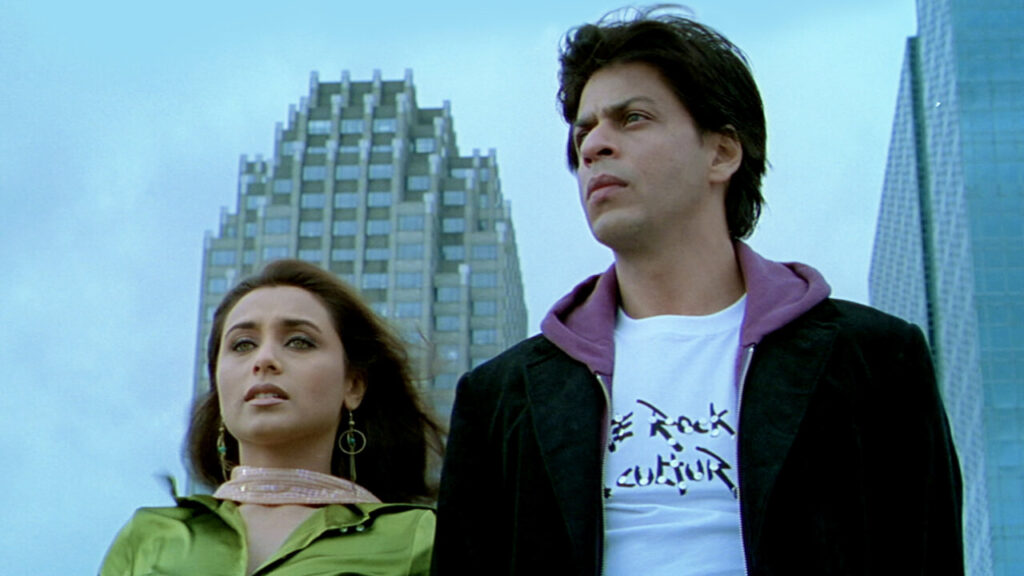Kisi ko kuch nahi pata. Sab andhere mein teer maar rahe hain (No one knows anything. We’re all just shooting in the dark). Here’s part 1 of my take on the evolving business of entertainment (Part 2 here).
Valid for all of us. While we all write articles, curate content revolving around the entertainment business, sharing our two cents of post analysis – the truth remains that none of us really know what’s right for the biz.
Recent trends followed by the earth-shattering reception to Pathaan and Jawan suggest how it is the era of masala and mass entertainers and everything else is conducive for the digital space. Even numbers suggest the same. But, numbers, for their design, will always tell you what is clicking in the market and not necessarily what would click for you.

Let’s understand some key metrics of the business that aren’t actually that key or vital.
Right off the bat, is the good-old Indian Sensibilities schtick.
You’d often hear makers proclaim that their film or show caters to the Indian sensibilities. While quite smart sounding, the concept is shorthanded. It is not possible to gauge the Indian sensibility for it differs from every household.
Let us take the example of a story around infidelity or adultery. While most of us would call it a sensitive subject, it is rather relative, subjective, and individual. For one sexual infidelity might be a huge setback, a taboo that gut wrenches them. For the other, it may mean anything substantial.

Precisely similar would be the consensus on a religious or devotional story. For some, religion might be a very sensitive issue, a topic they are rigid and conservative about. For some, it might be okay to critique the folly and flaws of faith and doctrinaire. Perception is a varied term. And claiming to have a uniform code or ethos of a variable factor leads to thought leadership, which conniving in usage becomes propaganda.
For folks working in the marketing and communications space, the letters “Target Audience” (TG) would sound like a throwaway term. A concept that has been trivialized and overused to the point of irrelevance.
Yeh humare TG ke liye work nahi karega – a line often thrown at creatives by highly educated but short-sighted focus groups who supposedly have the vast and diverse market base assessed as a sample size.
The audience has since decades been segregated into the mass, the multiplex, and the single screen public. Again, let’s zoom out and evaluate how proficient this demarcation is.
The single screen audience mostly constitutes the multiplex audience. They’re mostly the same people. As class in cinema is not determined by income group but by mood and spending preferences.
Speaking for myself, I’ve watched films at PVR Luxe when the mood and monies coincided, and I am the same guy who’s whistled and hooted at Chandan Cinema. It is the small-town mindset. And majority of India is small town.

Folks who’ve grown up watching cinema in Meghdoot and also relished the luxuries of Cinema in Dona Planet – the factors could trickle down to as basic a requisite like one’s idea of comfort.
A major part of our population is accustomed to watching films under that huge-arse fan in the single screen theatres and opt to head to the multiplex solely for them soothing air cons. And if one believes that families don’t tend to avail single screen film services, you’re not looking at the right scenarios.
Even today, in tier 2 and 3 cities, families find single screen theatres far more pocket and family friendly. The only space where multiplexes score are the night shows.
So there, Indian sensibilities differ in every home. Therefore, either you count them as the same set of audience or granulate separate films for each base. The former being always the feasible move.
Comment (1)